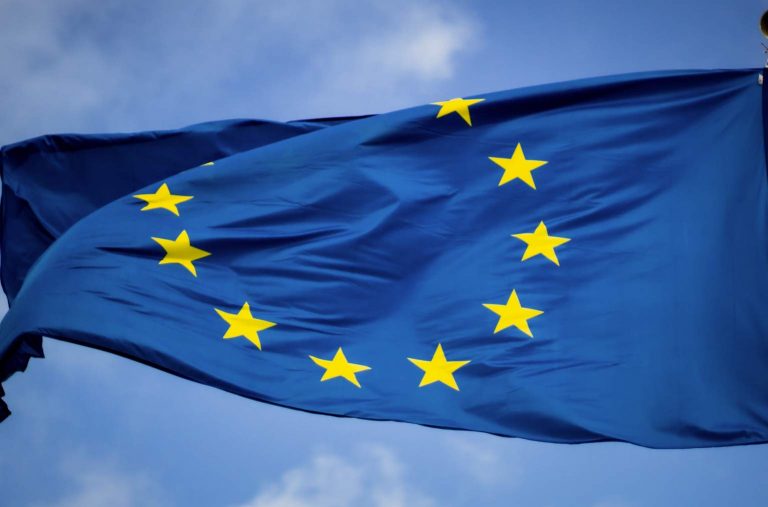
Morning Brief – Billy No Mates
GBP had been well supported over the past two weeks for two major reasons. One which continues to be true is that the economic fundamentals of the UK economy provide a palatable backdrop for GBP. The other, partially as a result of the former reality but also in anticipation of a reopening economy, was that markets believed the Bank of England was ready to tread a similar path to the Federal Reserve and signal the path towards economic normalisation. When the Federal Reserve signalled towards monetary tightening over the next few years, the positive signal that this produced to the market and the more direct expectation of a higher yield behind US cash raised the demand, limited supply and ultimately raised the price of the Dollar. This appreciation was wholly reflected in most G-10, commodity and emerging market currencies, with the partial exception of GBP. The reason GBP was relatively unaffected was that, with a decision just one week on from the Federal Reserve’s own, markets didn’t sell GBP to reallocate demand to USD as readily as they did elsewhere in anticipation of a similar announcement from the Bank of England. Ultimately, this is not what the UK central bank offered up last Thursday and that is why GBP finds itself several cents cheaper this week on its major crosses.
What markets needed to interpret a more hawkish tone from the Bank of England was a change to the forward guidance. A similar signal would also have been picked up had another member of the Bank’s nine-strong Monetary Policy Committee joined outgoing Chief Economist Andy Haldane in voting for an immediate reduction in the bank’s current asset purchase programme. Neither of these scenarios played out, wiping out expectations that the Bank was in a position to join that growing list of countries now including the Federal Reserve that have changed their rhetoric from pandemic disaster to the path towards normalisation. Unsurprisingly, the Committee also voted 9-0 to keep interest rates on hold at just 0.1%.
Expectations running into the decision were elevated particularly due to the Federal Reserve decision that preceded it but also due to firming statistical data and sentiment within the UK economy. Because of these expectations and the concomitant defence behind GBP over the past few weeks, a slightly more upbeat economic assessment and tone from the Bank of England went unheeded and therefore did not reflect in higher GBP spot and forward prices. Last week’s meeting did also not include a subsequent press conference from the Bank making the position of its Committee more opaque and markets more defensive in response to the latest monetary policy decision.
As summer trading conditions (albeit from an unusual summer) unfold in markets, it is likely that low volatility conditions take hold. The current momentum is in favour of USD and against GBP, and this trend could continue to unfold. The next Bank of England decision will not take place until August limiting the scope for a change to this bias in markets. Risks to this momentum will largely come from how the UK manages rising concern and incidence of the Indian variant as infection numbers continue to rise. Markets will also keep a close eye on the transition of the Minister for Health Sajid Javid and whether the UK meets the next stage(s) of its roadmap out of lockdown and future stages out of economic normalisation.
Discussion and Analysis by Charles Porter

Click Here to Subscribe to the SGM-FX Newsletter
Related Insights

Daily Brief – Sterling
Sterling No sooner had the financial press written that Sterling was on the skids due to the Chancellor being on the way out, than PM Starmer woke up to the need for some TLC for his beleaguered Chancellor and executed a handbrake turn to administer some gruesome bedside cheer to the apparently on life support […]

Daily Brief – EU Inflation
EU Inflation With the ECB annual symposium meeting in sunny Sintra, Portugal, inflation is very much on President Lagarde’s mind ; that is because it is showing signs of rising with the monthly inflation rate showing an increase of 0.3% and that presages a break above the target 2% rate just as she and her colleagues […]

Daily Brief – Gold
Gold With Gold accounting for the second highest proportion of Central Bank reserves after the USD and the mood music shifting to it assuming a greater influence on future reserves management, it is worth looking at the numbers behind that. In the 1960s, Central Banks held the highest amount historically of 38,000 tons of gold. […]



 Humphrey Percy
Humphrey Percy